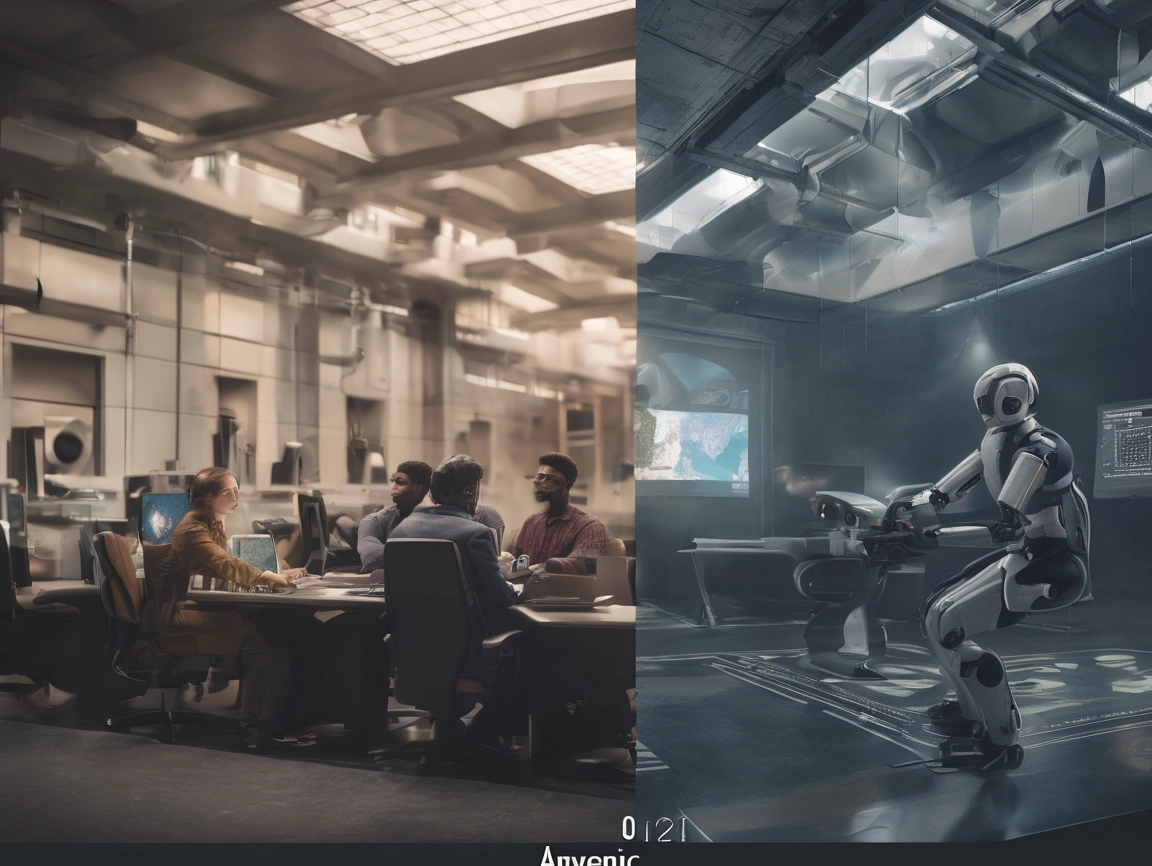In-Depth Comparison of Anthropic and OpenAI Prompt Tools
Anthropic, founded by former OpenAI employees, has developed its prompt tools with an emphasis on ethical AI usage and safety. Their models, particularly Claude, are designed to prioritize user intent and minimize harmful outputs. Anthropic’s approach employs a robust set of safety features and guidelines, which are integrated into their prompt tools. Their unique architecture allows for fine-tuning based on user feedback, making it easier for developers to create tailored applications. You can explore more about Anthropic’s mission and models on their official website.
Conversely, OpenAI, known for its groundbreaking models like GPT-3 and GPT-4, offers a different set of capabilities aimed at versatility and power. Their prompt tools excel in generating high-quality text across a variety of formats and styles, making them suitable for diverse applications. OpenAI’s models also benefit from an extensive training dataset, resulting in a more comprehensive understanding of language and context. You can find detailed insights into OpenAI’s offerings on their platform.
Both tools come with their specific strengths. Anthropic’s Claude focuses on safer interactions and ethical considerations, while OpenAI’s models emphasize versatility and quality output. The choice between the two often boils down to the specific needs of the user, whether that be prioritizing safety or achieving more sophisticated text generation capabilities.
Evaluating Performance, Usability, and Features of Both Models
When it comes to performance, OpenAI’s models have garnered acclaim for their ability to produce coherent and contextually relevant text, excelling in tasks such as creative writing, coding assistance, and information synthesis. Their models can handle complex queries and provide nuanced responses, which are critical for applications requiring deep understanding and creativity. However, the performance can vary based on the specificity of the prompts provided by users.
In contrast, Anthropic’s Claude emphasizes a more conversational and user-friendly interaction style. Its focus on ethical guidelines ensures that users can engage with the model without the risk of generating harmful content. This approach often enhances the usability of the tool for sensitive applications, such as mental health support or educational tools. While Claude may not match the sheer output variety of OpenAI, its performance shines in contexts where user safety and ethical considerations are paramount.
Usability is another critical factor to consider. OpenAI’s interface is widely recognized for being intuitive, with extensive documentation available to guide developers through the integration process. The community surrounding OpenAI fosters robust support and resource sharing, making it easier for newcomers to adapt. Anthropic, though newer, also provides user-friendly interfaces and documentation, aiming to simplify the integration of their models into existing workflows. Both platforms prioritize user experience, but OpenAI leads in community engagement and available resources, while Anthropic focuses on ethical user interactions.
In summary, the comparative analysis of prompt tools from Anthropic and OpenAI reveals distinct strengths tailored to different user needs. OpenAI excels in generating high-quality, versatile text suitable for a wide range of applications, while Anthropic prioritizes safety and ethical considerations in AI interactions. Ultimately, the choice between the two hinges on specific application requirements, such as the need for creative output or a more responsible, safety-focused approach. As the field of AI development continues to evolve, users can expect ongoing enhancements and features from both organizations, making it an exciting time for the integration of AI technologies into everyday tasks.




